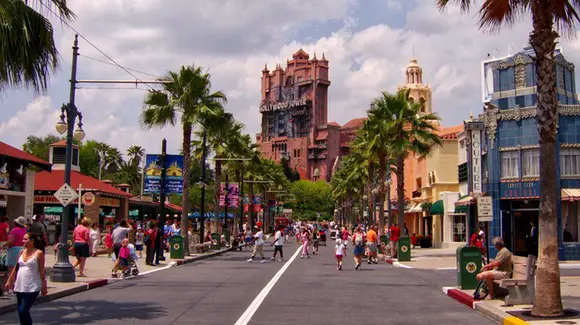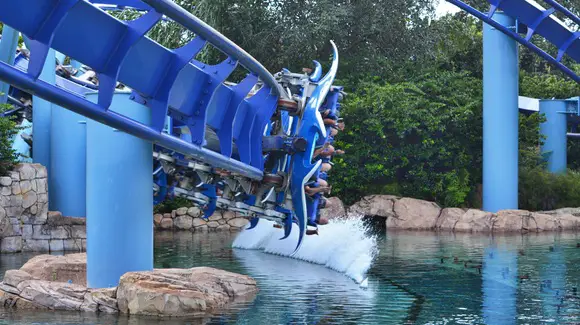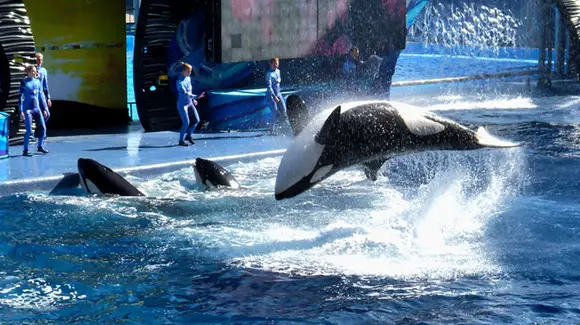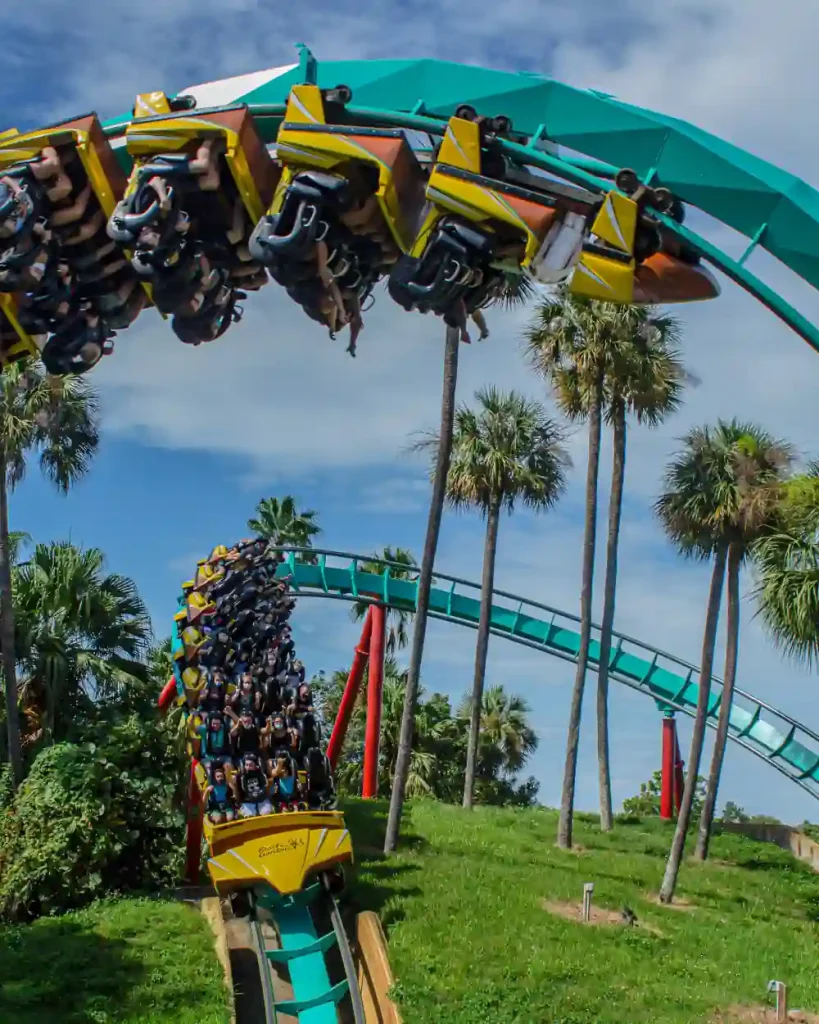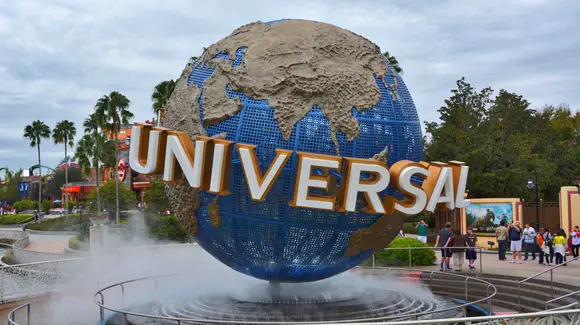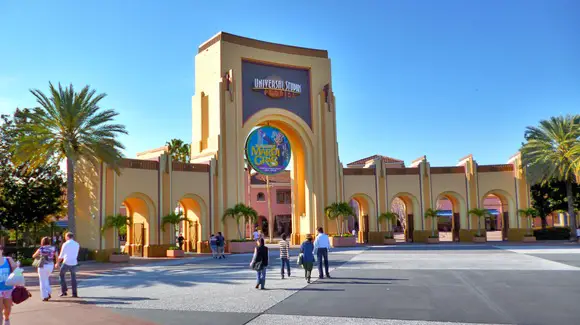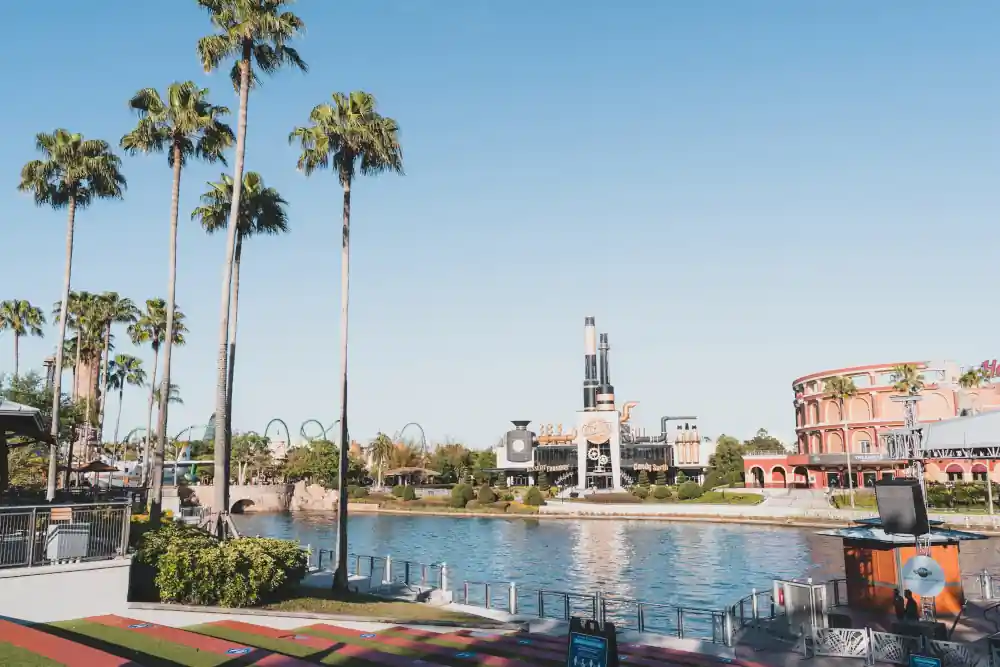Rocket & Space Shuttle Launches 2006
By James | Last updated December 29, 2023
This page may contain compensated affiliate links. Please read the Disclaimer for more information
The Kennedy Space Center and Cape Canaveral Air Force Station are one of the main launch sites for both NASA and the US military services.
See bottom of page for all past, present and future launch schedules.
Launches in 2005/2006
December 9, 2006 – Space Shuttle Discovery, STS-116 (ISS 12A.1)
The Space Shuttle Discovery lifted off at 8:47 pm EST from pad LC-39B at the Kennedy Space Center after bad weather delayed the original planned launch on December 7.
It had been brought forward from December 14, partly to try and avoid the shuttle being in space at the start of the New Year as NASA engineers were concerned about the computer software never having been flown across an end of year. It was also the first night-time launch since Columbia.
The flight was the 20th mission to the International Space Station and it delivered and attached the third port truss segment to the station (Integrated Truss Structure P5) and a SPACEHAB module. Problems retracting one of the solar arrays resulted in the mission being extended by one day to allow a fourth space walk to free up the array and as a result, Discovery did not land back on earth until 5:30 pm EST on Friday, December 22. STS-116 was originally slated for Space Shuttle Endeavour in October 2006.
November 17, 2006 – Boeing Delta 2 Rocket, NAVSTAR
NASA launched a Boeing Delta 2 rocket carrying a modernized NAVSTAR Block 2R military navigation satellite. Launch was from pad SLC-17A at the Cape Canaveral Air Force Station but was delayed from November 14.
The GPS 2R-16 (M3) mission is the third modernised NAVSTAR Global Positioning System Block 2R military navigation satellite.
October 25, 2006 – Boeing Delta 2 Rocket, STEREO
NASA launched a Boeing Delta 2 rocket on the STEREO mission. STEREO consists of two nearly identical satellites launched aboard one rocket to provide 3-D measurements of the Sun for studying coronal mass ejections; this is NASA’s Solar Terrestrial Relations Observatory mission.
September 25, 2006 – Boeing Delta 2 Rocket, NAVSTAR
This launch was originally scheduled for January 26, 2006. Launch time is set for 3:00 pm EST from pad SLC-17 at the Cape Canaveral Air Force Station.
The GPS 2R-15 (M2) mission lifted off at 2:50 pm to launch the second modernised NAVSTAR Global Positioning System Block 2R military navigation satellite.
September 9, 2006 – Space Shuttle Atlantis, STS-115 (ISS 12A.1)
Space Shuttle Atlantis lifted off at 11:15 am EST on September 9 from pad LC-39B at the Kennedy Space Center. The launch window extended through September 13. This was Atlantis’s first flight since October 2002.
The latest launch schedule had originally been set for August 27 but this was delayed until August 29 because of a lightning strike at the launchpad and then delayed again because of the threat from Hurricane Ernesto. After being rescheduled for September 6, launch was then cancelled again because of an anomaly in one of the shuttle fuel cells. Launch was then set for 11:41 am EST on September 8 but this was then further delayed by one day.
The flight will be the eighteenth U.S. mission to the International Space Station. The flight will deliver and attach the next port truss segment to station (Integrated Truss Structure P3/P4) and associated set of power-generating solar arrays.
July 4, 2006 – Space Shuttle Discovery, STS-121 (ISS ULF1.1)
The space shuttle Discovery successfully launched at 2:38 pm EST from pad LC-39B at the Kennedy Space Center on the start of a 12 day mission. The launch was delayed 3 days after bad weather and then the discovery of damage to a piece of foam from a bracket that holds the liquid oxygen feedline in place.
This was the second of NASA’s “Return-To-Flight” missions following the Columbia tragedy.
Discovery delivered supplies and equipment and rotated the station’s Expedition crew by launching the next three residents and returning the outgoing two-person crew to Earth. It was originally scheduled for November 2004 and was then pushed back to May, July and September 2005, then March and May 2006.
Discovery landed at 9:14 am EST on July 17 at the Kennedy Space Center at the end of a successful mission. There are now just 16 flights left before the three remaining shuttles are retired in 2010.
June 21, 2006 – Boeing Delta 2 Rocket, MITEX
The Boeing Delta 2 rocket launched from pad SLC-17A at the Cape Canaveral Air Force Station after two minor delays caused by a heater problem in one of the microsatellites and the boater straying into the exclusion zone. This launch was originally scheduled for February 27, 2006 but was delayed following industrial action.
The MITEx (Micro-Satellite Technology Experiment) is an experimental military mission for the Defense Advanced Research Projects Agency (DARPA) in collaboration with the US Air Force and the Navy.
May 24, 2006 – Boeing Delta 4 Rocket, GOES N
This launch was originally scheduled for February 6 and then May 4 but it finally launched at at 6:11 pm EDT from pad SLC-37B at the Cape Canaveral Air Force Station following a 15 month delay
The GOES N Satellite is a Geostationary Operational Environmental Satellite N, for NASA and NOAA. The weather satellite will orbit 22,300 miles above the planet to monitor conditions across the U.S. The GOES N spacecraft is the first in a new series of weather satellites built by Boeing.
April 20, 2006 – Lockheed Martin Atlas 5 Rocket, ASTRA 1KR
ASTRA 1KR is a television broadcasting spacecraft for SES ASTRA of Luxembourg and it successfully launched from pad SLC-41 at the Cape Canaveral Air Force Station at 04:26:00 PM EST as planned.
January 19, 2006 – Lockheed Martin Atlas 5 Rocket, Pluto New Horizons
Launch was originally scheduled for January 17 from pad SLC-41 at the Cape Canaveral Air Force Station but a combination of strong winds and then a power failure at the control centre caused the launch to be delayed by two days.
Pluto New Horizons (Pluto-Kuiper Belt Mission) is designed to launch a spacecraft to visit the planet Pluto, our solar system’s most distant planet and is described as “The First Mission to the Last Planet”. It will take over 9 years for Pluto New Horizons to reach Pluto.
July 26, 2005 – Space Shuttle Discovery, STS-114
Over two years after the space shuttle Columbia/STS-107 broke up over Texas on final approach on February 1, 2003, the remaining space shuttles went through a series of modifications and NASA originally planned two test space shuttle launches in 2005 as part of their “Return-To-Flight” program.
The first launch window originally started on May 15th 2005 and ran through to June 3rd and the space shuttle Discovery was being readied for this, STS-114 the first “Return to Flight” mission. The primary aim of the mission was to test new safety procedures and equipment. This mission was then put back to July 13th to July 31st 2005.
A fault with one of the low-level fuel cutoff sensors located inside the external tank caused the original launch scheduled for July 13th (the first day of the launch window) to be abandoned only hours before lift off. It is estimated that some 250,000 people had travelled to Florida to watch the first launch attempt.
On Tuesday, 26th July, just after the scheduled launch time of 10:39 EDT, the space shuttle Discovery blasted off from the Kennedy Space Center.
The mission to the International Space Station was scheduled to last 12 days with Discovery touching down back at the Kennedy Space Center on August 8th at 05:46 local time.
NASA announced on Thursday, 28th July, that they are grounding the space shuttle fleet while engineers investigate the latest problems of insulating foam breaking away from the external tank during the launch of the space shuttle Discovery.
On Tuesday, 9th August, the space shuttle Discovery made a successful touchdown at Edwards Air Force Base in California just before dawn following two days of bad weather over the Kennedy Space Center in Florida. This brought to a conclusion the first “Return to Flight” mission. However NASA confirmed that future shuttle flights would remain grounded until a resolution was found for the continuing problems with the foam on the external fuel tank.
The original second launch window ran from July 13th to July 31st 2005, when NASA had hoped to launch STS-121 using the space shuttle Atlantis. As a result of the delayed launch of Discovery, the second mission launch window was moved back to September 9th to 15th 2005. Both shuttles were being readied so that one could act as a rescue ship for the other in the event of any major technical problems. As part of this contingency, both missions were to dock with the International Space Station.
If these two launches had gone to plan, it was expected that the space shuttle launch schedule would resume towards the end of 2005.
See also:- NASA tours | NASA tickets
Florida Theme Parks
Theme Park Ticket Guides
Popular Articles




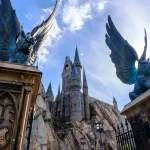


![Beauty and the Beast topiary at Disney Epcot [© 2019, floridareview.co.uk, all rights reserved]](https://floridareview.co.uk/wp-content/uploads/2018/10/beauty-beast-topiary.jpg)

